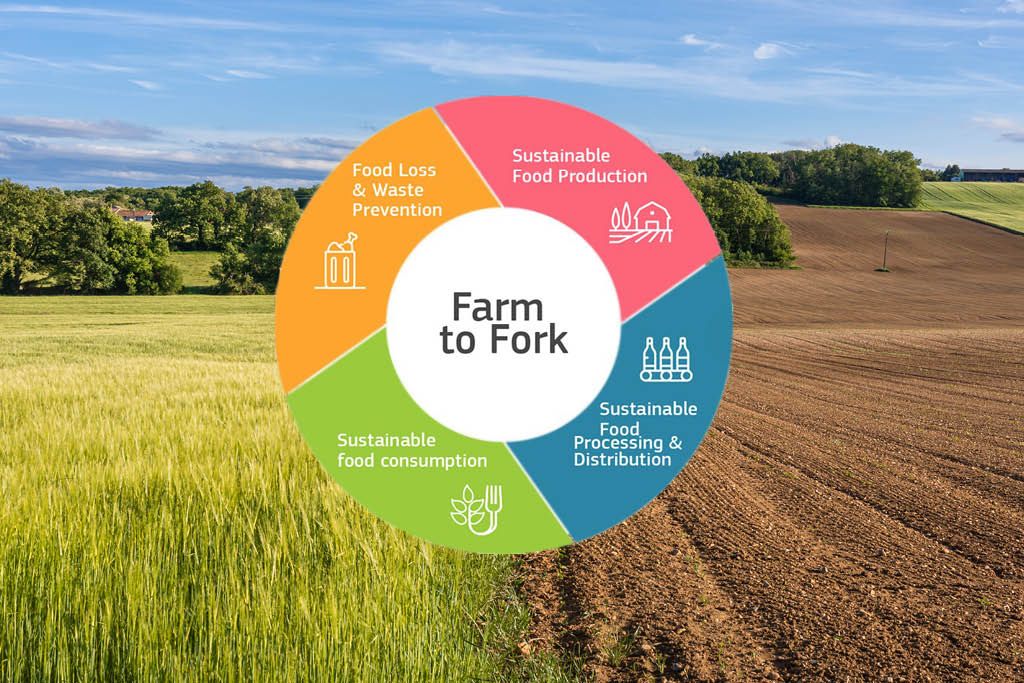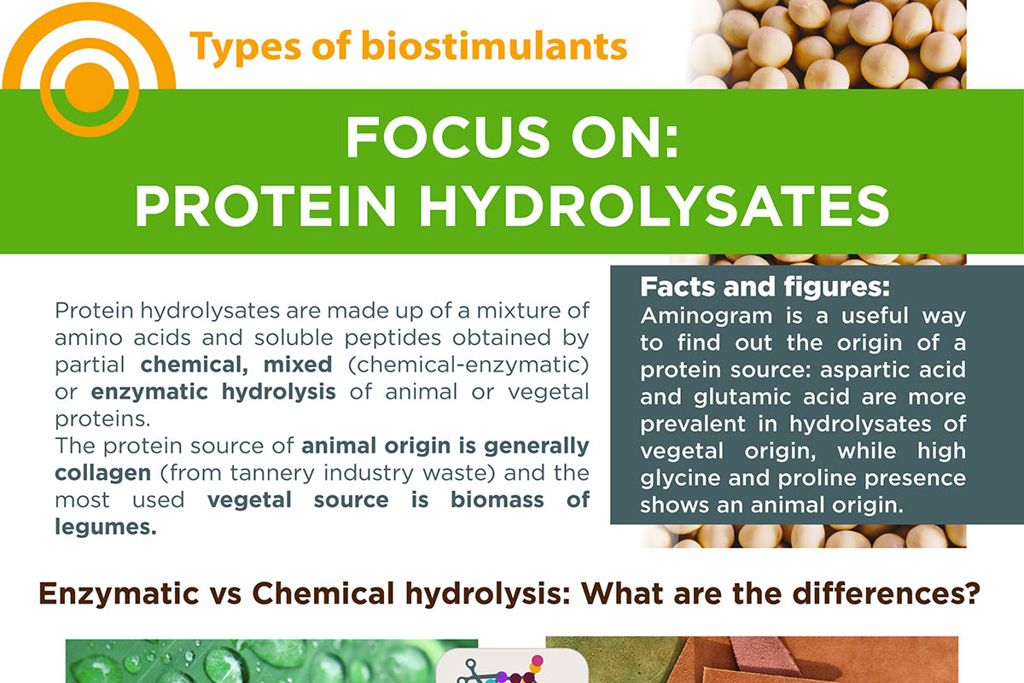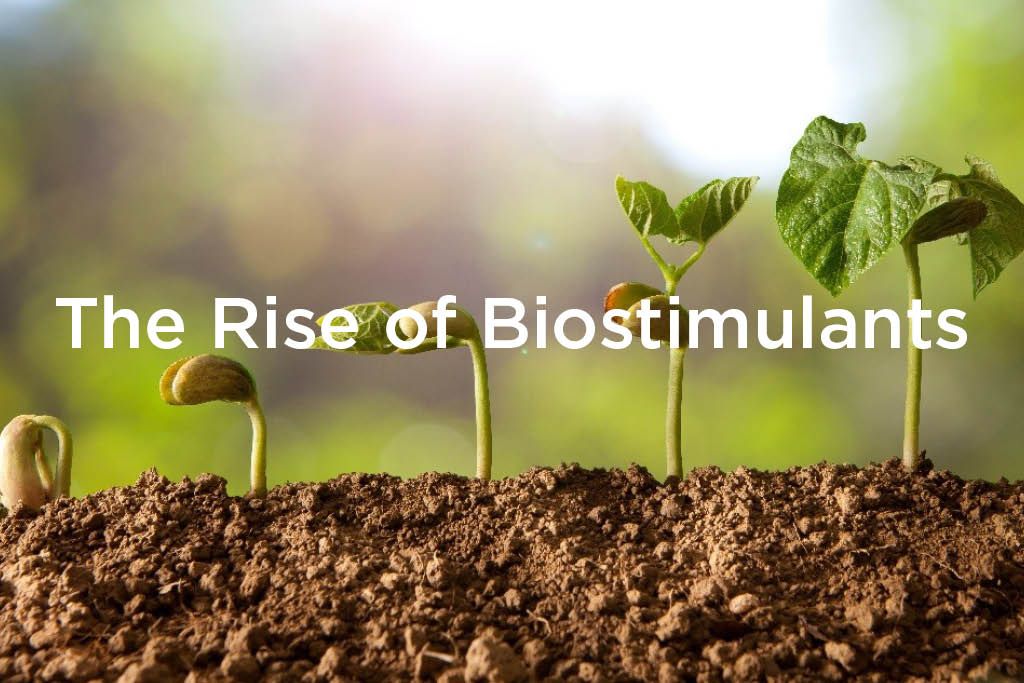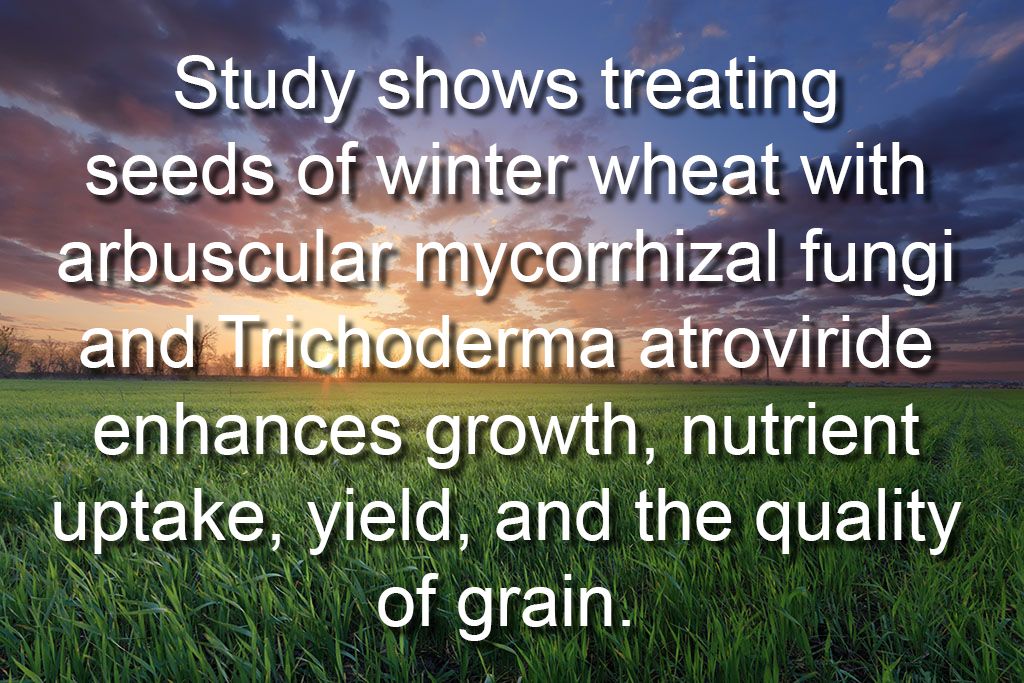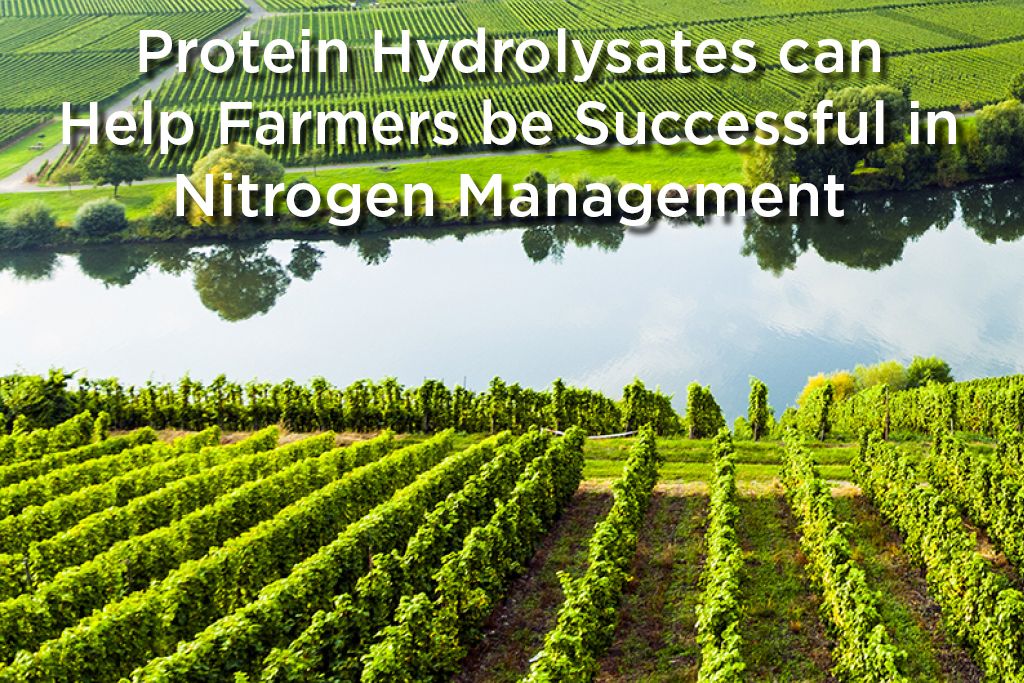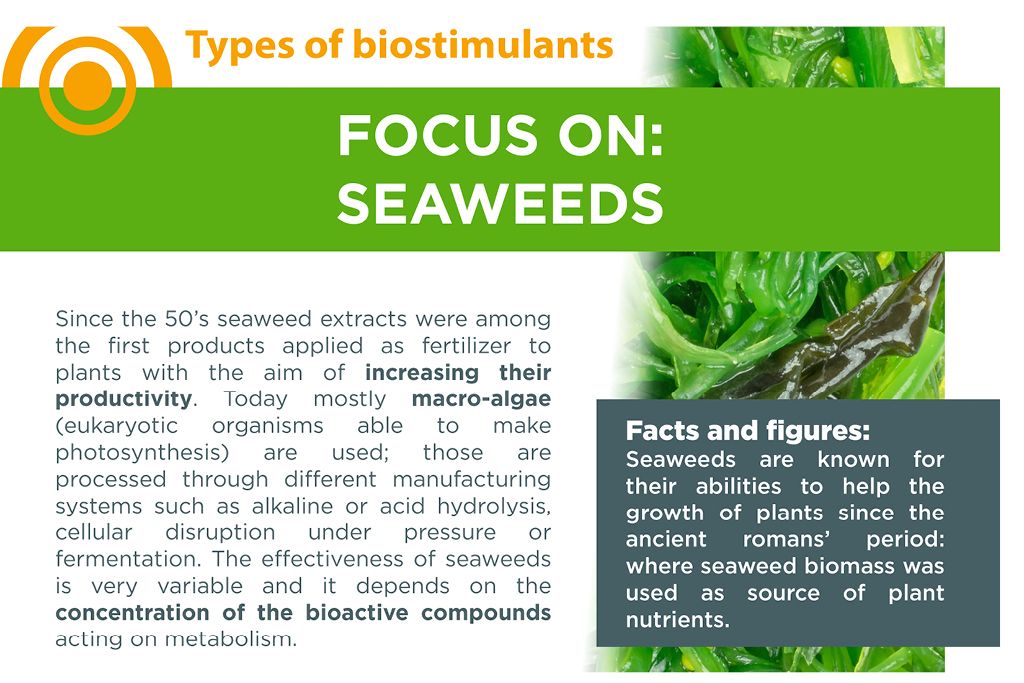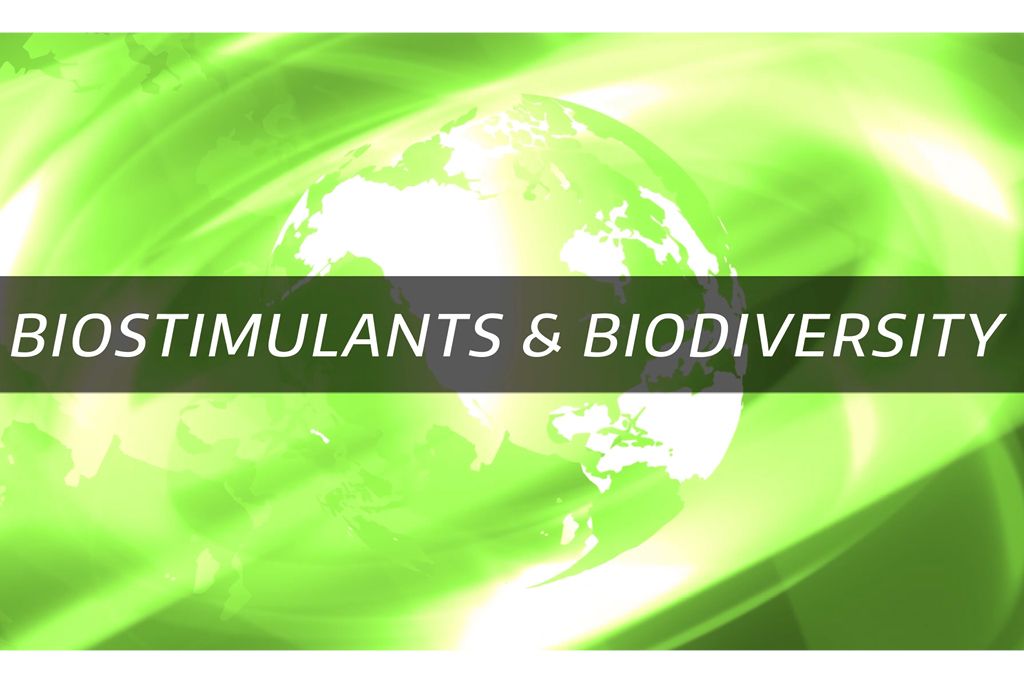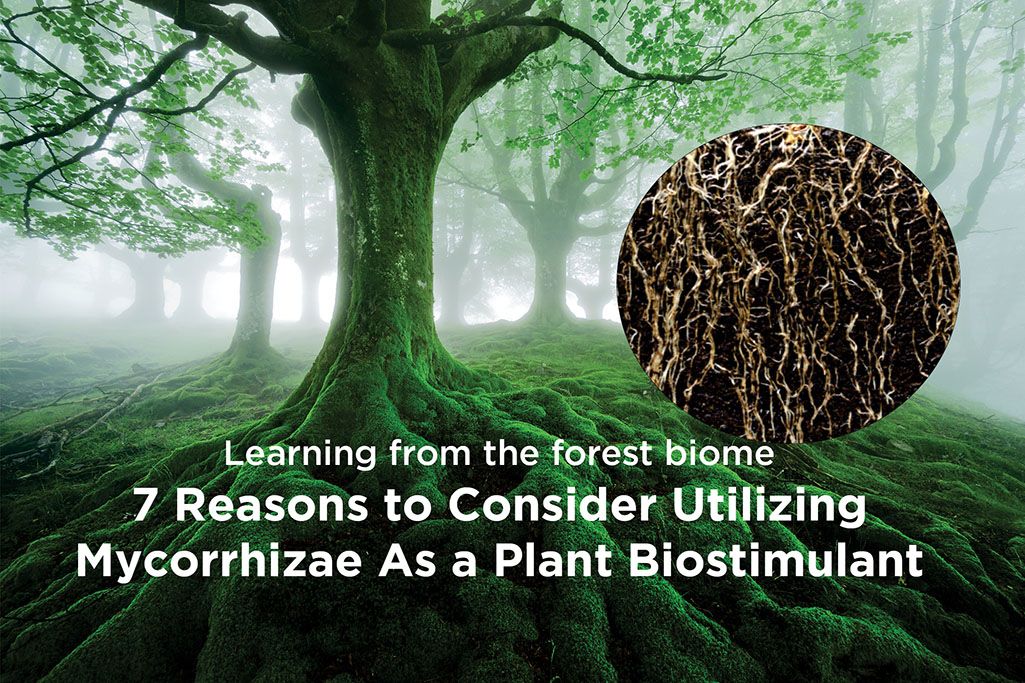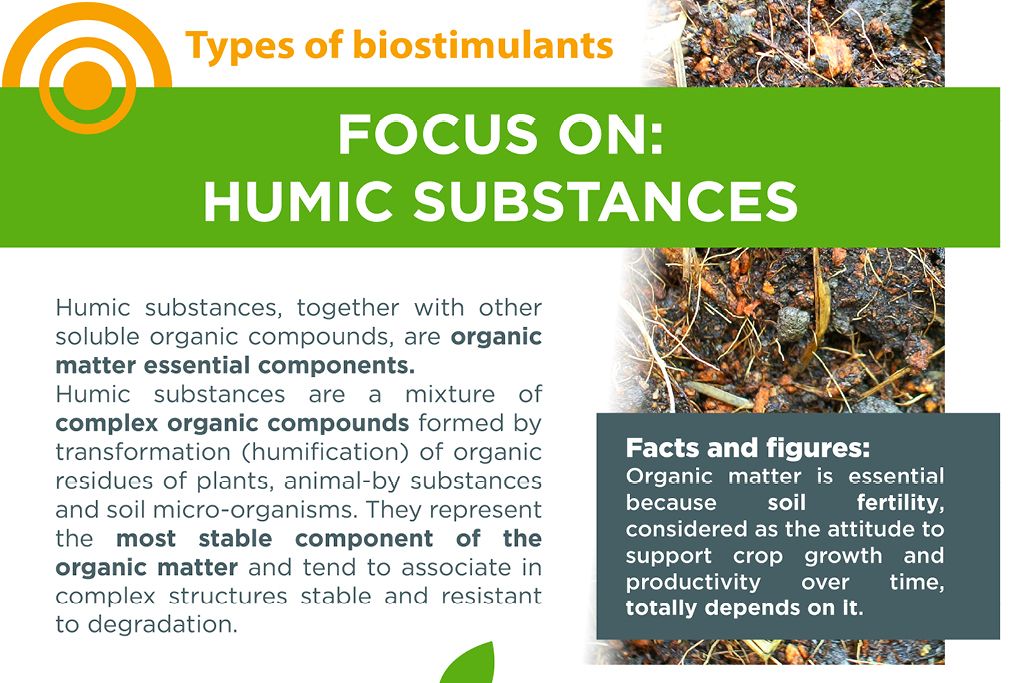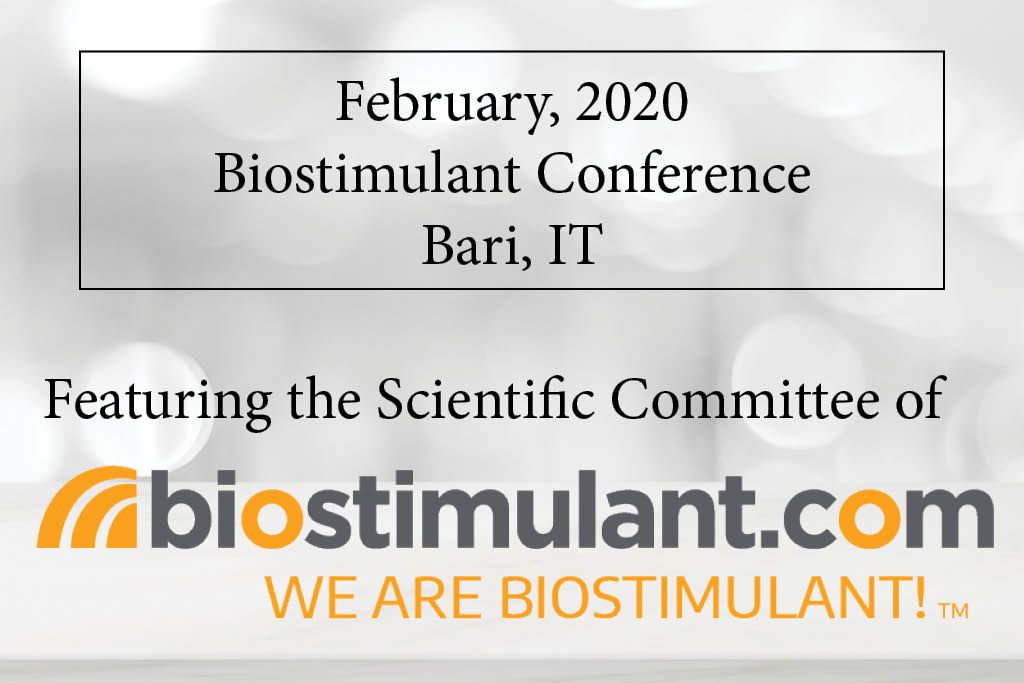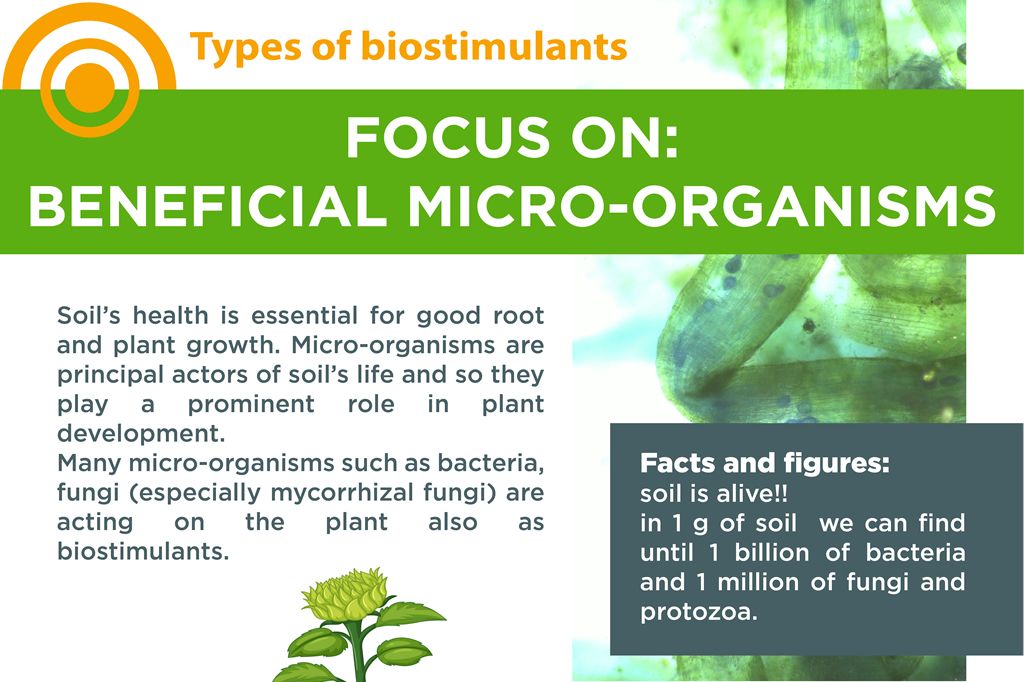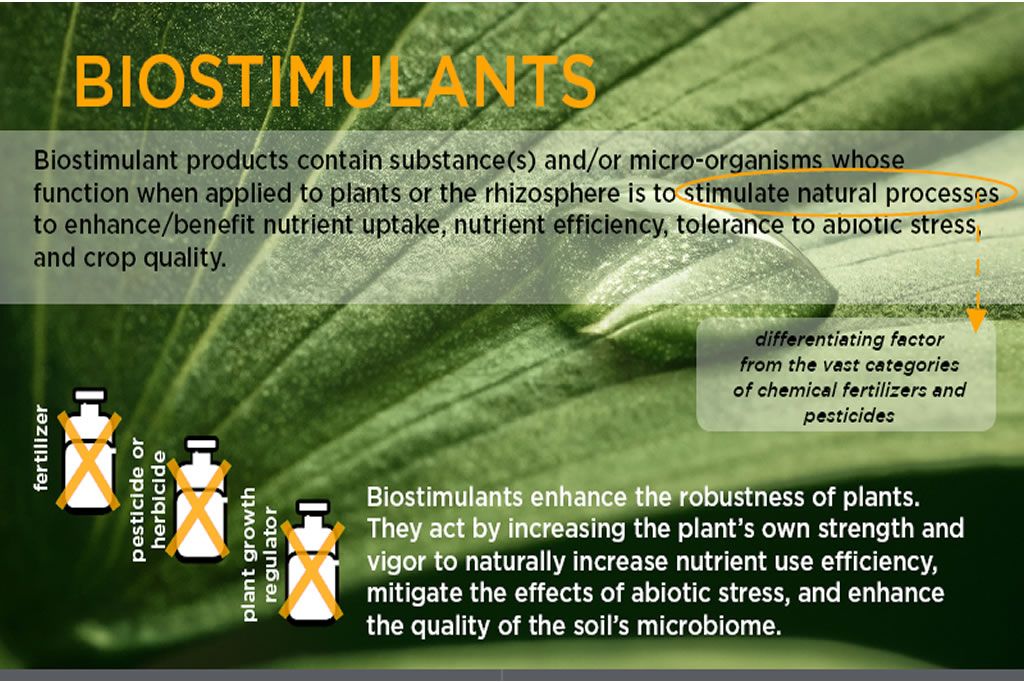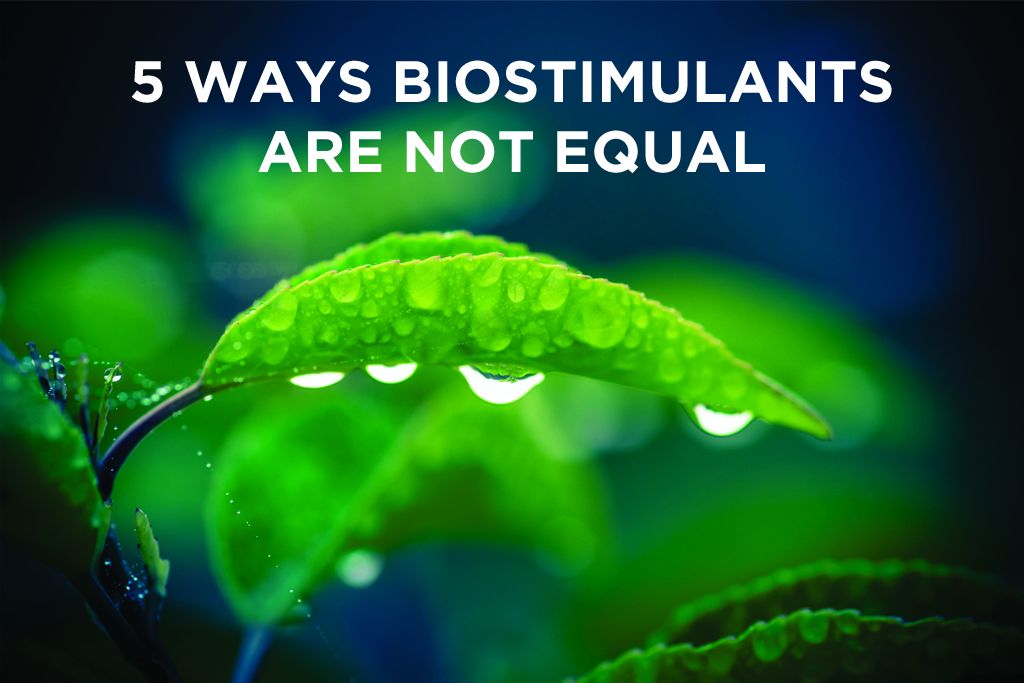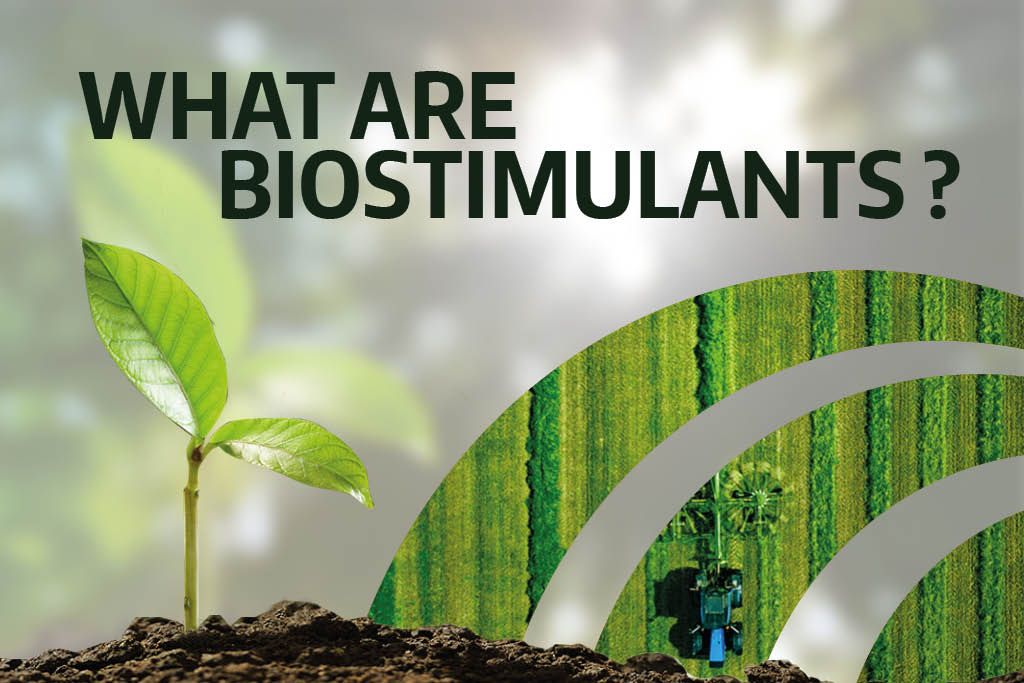BLOG #45
BIOSTIMULANTS RESEARCH TRENDS
Analyzing the breakdown of scientific articles published in 2022 by biostimulant substance, it can be observed that plant extract and seaweed were remain the most studied. A growing interest for protein hydrolysates which in 2022 surpassed humic substances by number of total publications 42 compared to 39. Finally, in 2022 there were also 3 publications dedicated to selenium as plant biostimulant.
Breakdown of papers by substance
(2022 vs 2021)
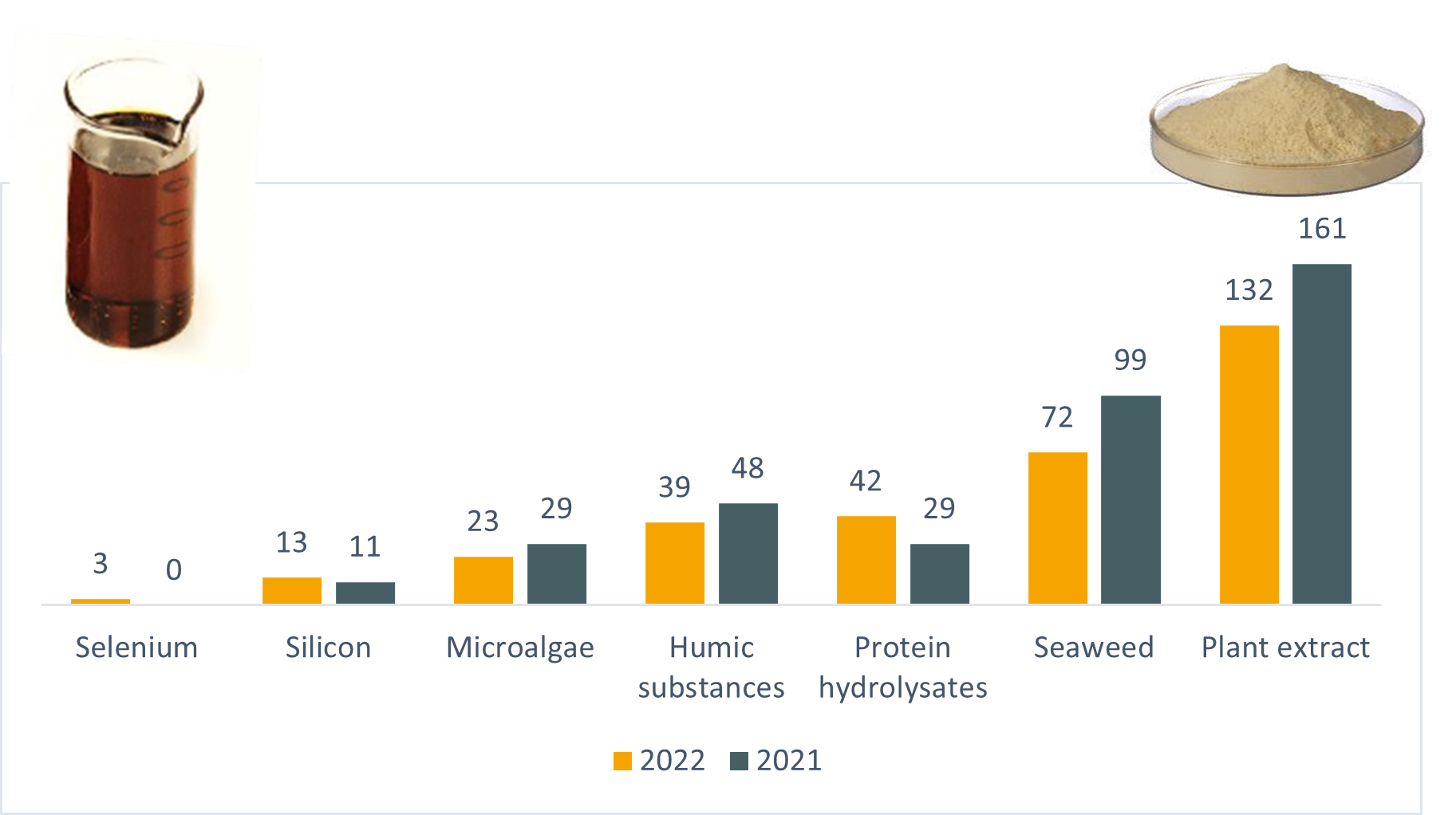
Research activity on biostimulant effects in 2022 have been focused especially on resistance to abiotic stress followed by enhancement of nutrient uptake and then improvement of product quality, following the same trends of 2021.
Breakdown of papers by biostimulant effect
(2022 vs 2021)
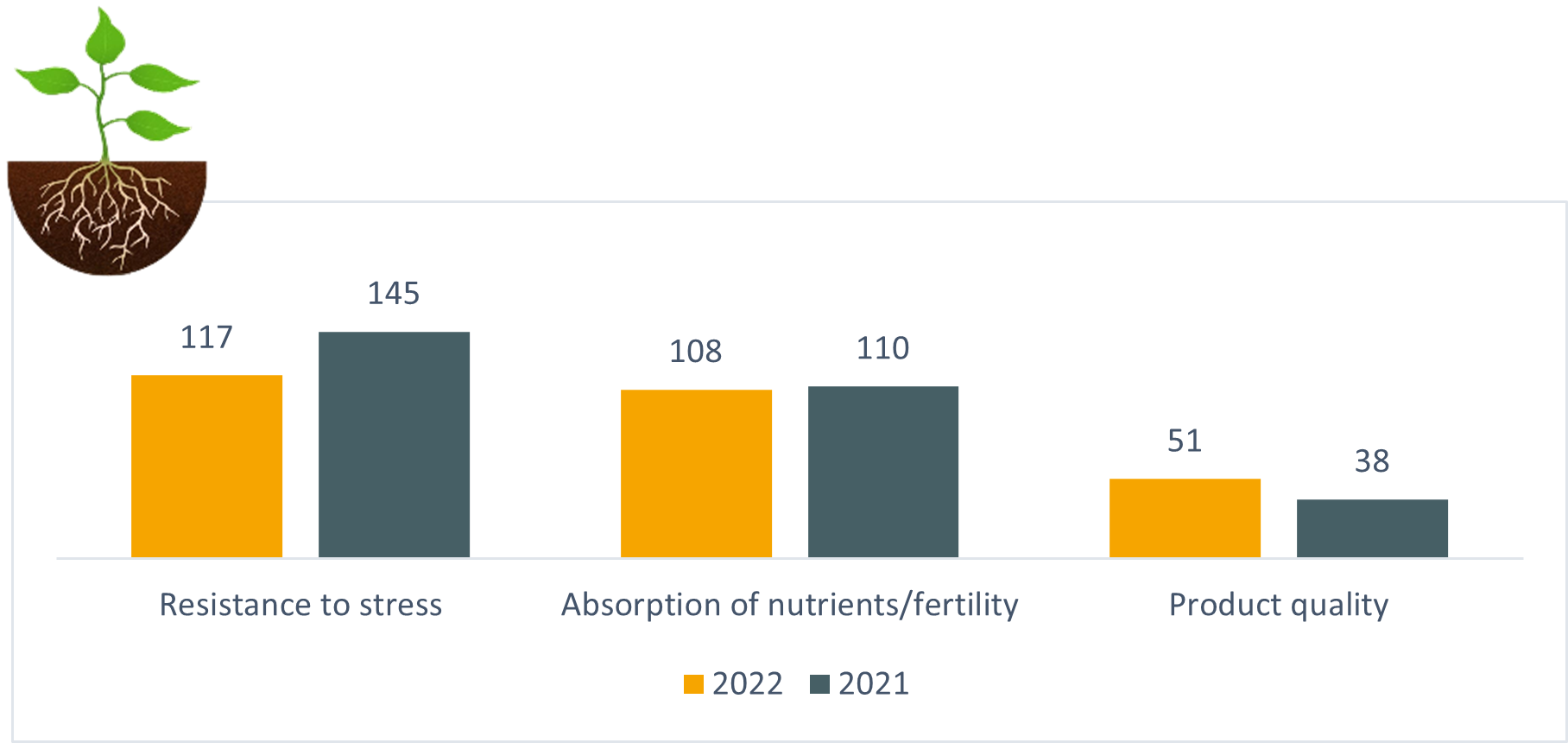
Among abiotic stress, drought is still the most studied by researchers in 2022, followed by salinity and extreme temperatures.
Breakdown by abiotic stress
(2022 vs 2021)
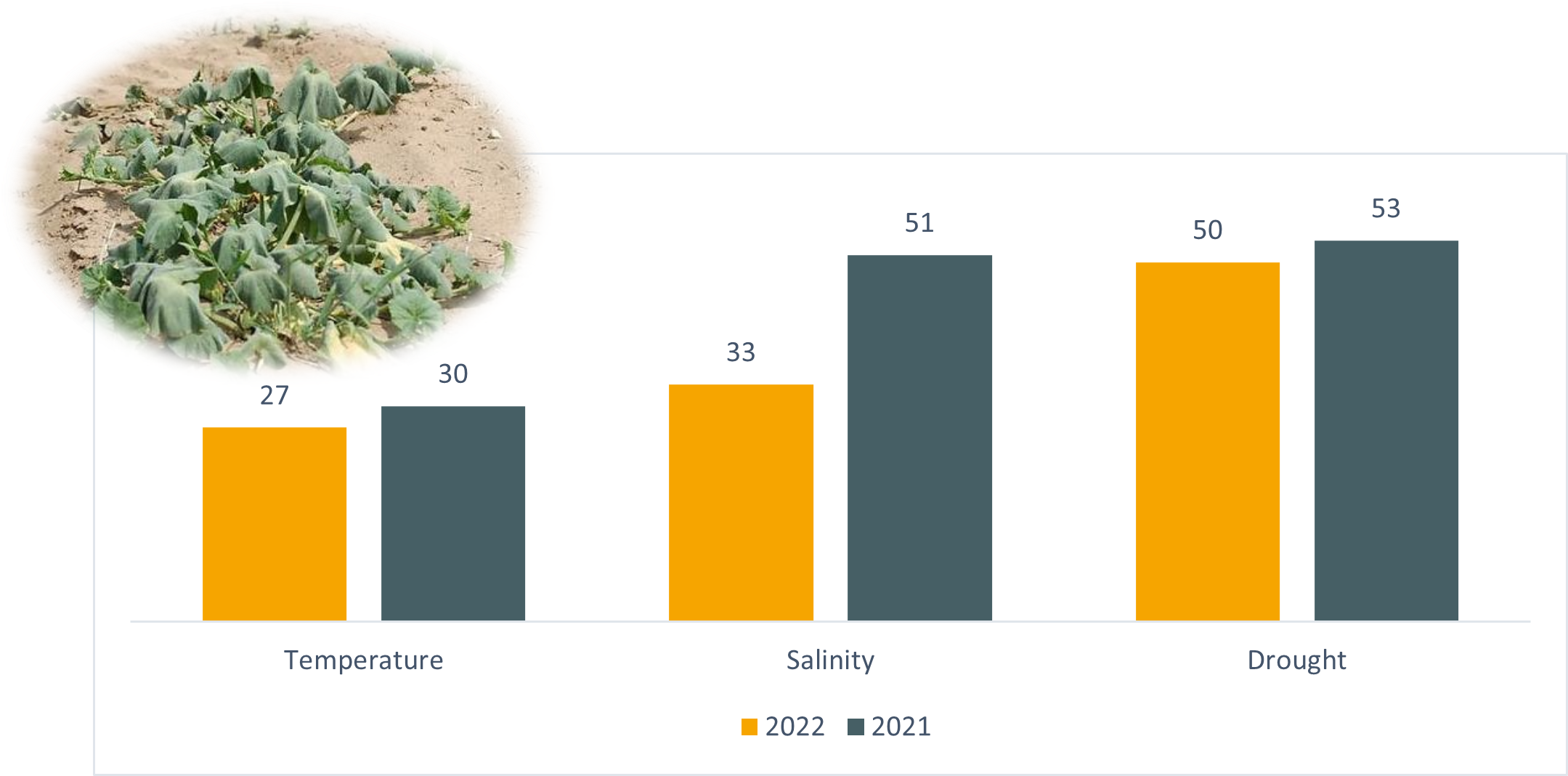
The most studied nutrient in 2022 has been nitrogen which is after carbon, the element required in largest amount by plants for their growth and development. Nitrogen is followed in this rank by the two other major macronutrients, potassium and phosphorus like in 2021. Calcium, iron and zinc meso- and micronutrients respectively gained interest in 2022.
Breakdown by nutrient
(2022 vs 2021)
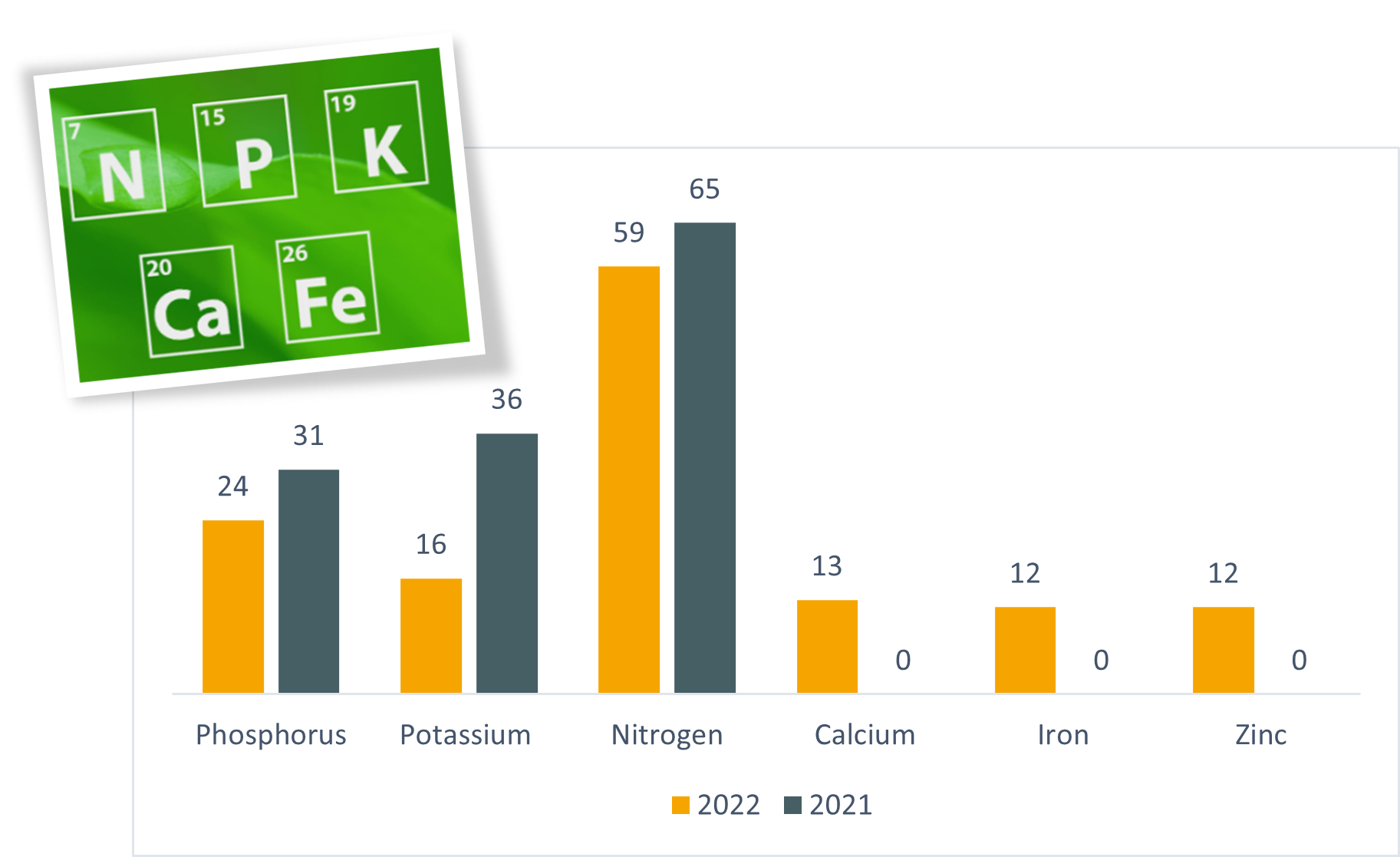
The breakdown of the papers by crop shows that the tomato is still by far the first crop by number of publications in 2022, with more than 60. Tomato is followed by wheat, lettuce, pepper, soybean and Arabidopsis spp. which is widely used as a model organism in plant research for screening and studying
First 10 crops per scientific publications
(2022 vs 2021)
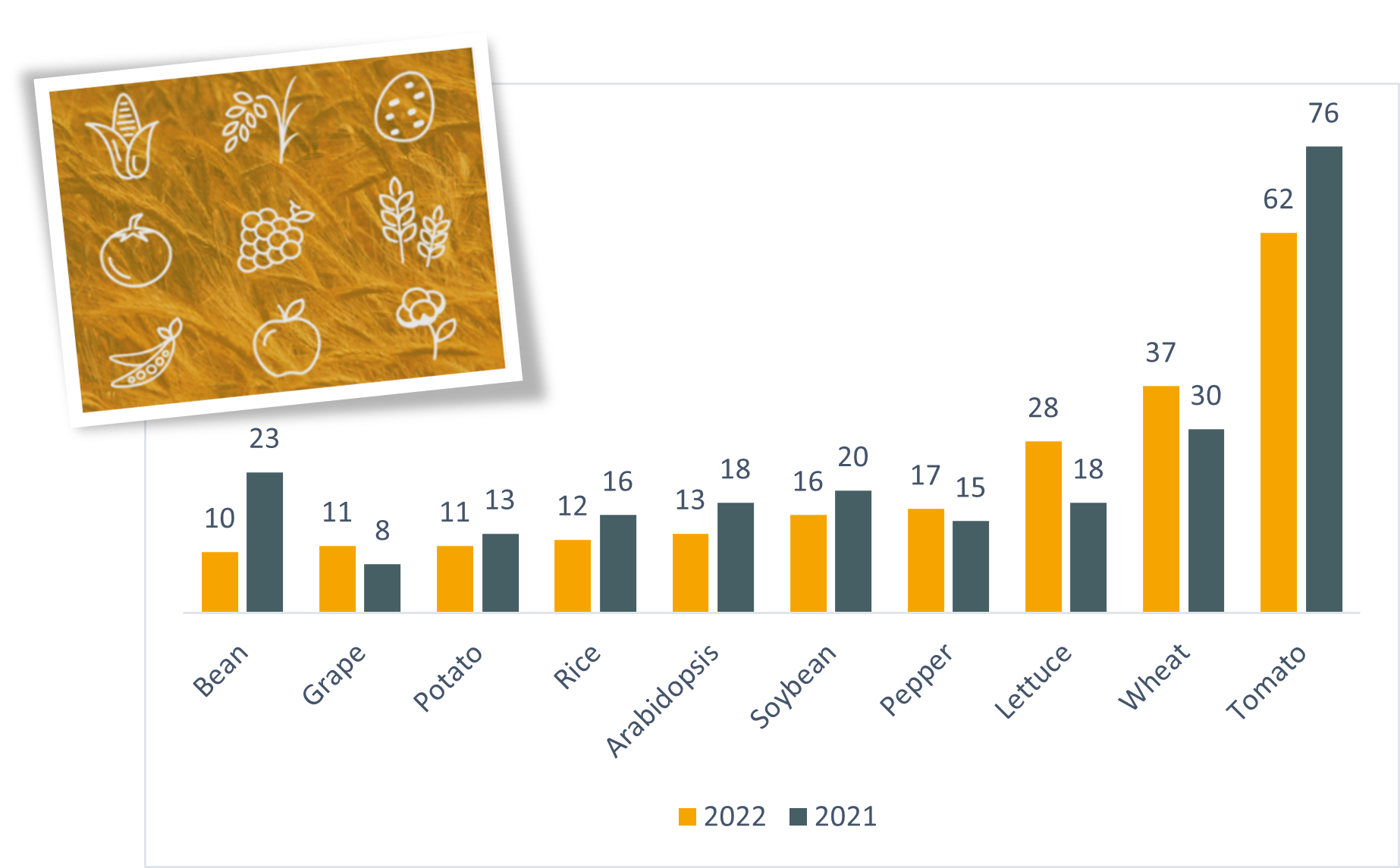
The subdivision of papers according to the method of application, shows a continue interest in the seed treatment with biostimulants which represents a valid, biological and alternative solution to chemical coating agents. Seed treatment is the first method of application by number of articles published in 2022, followed by foliar spray and fertigation.
Breakdow by application method
(2022 vs 2021)
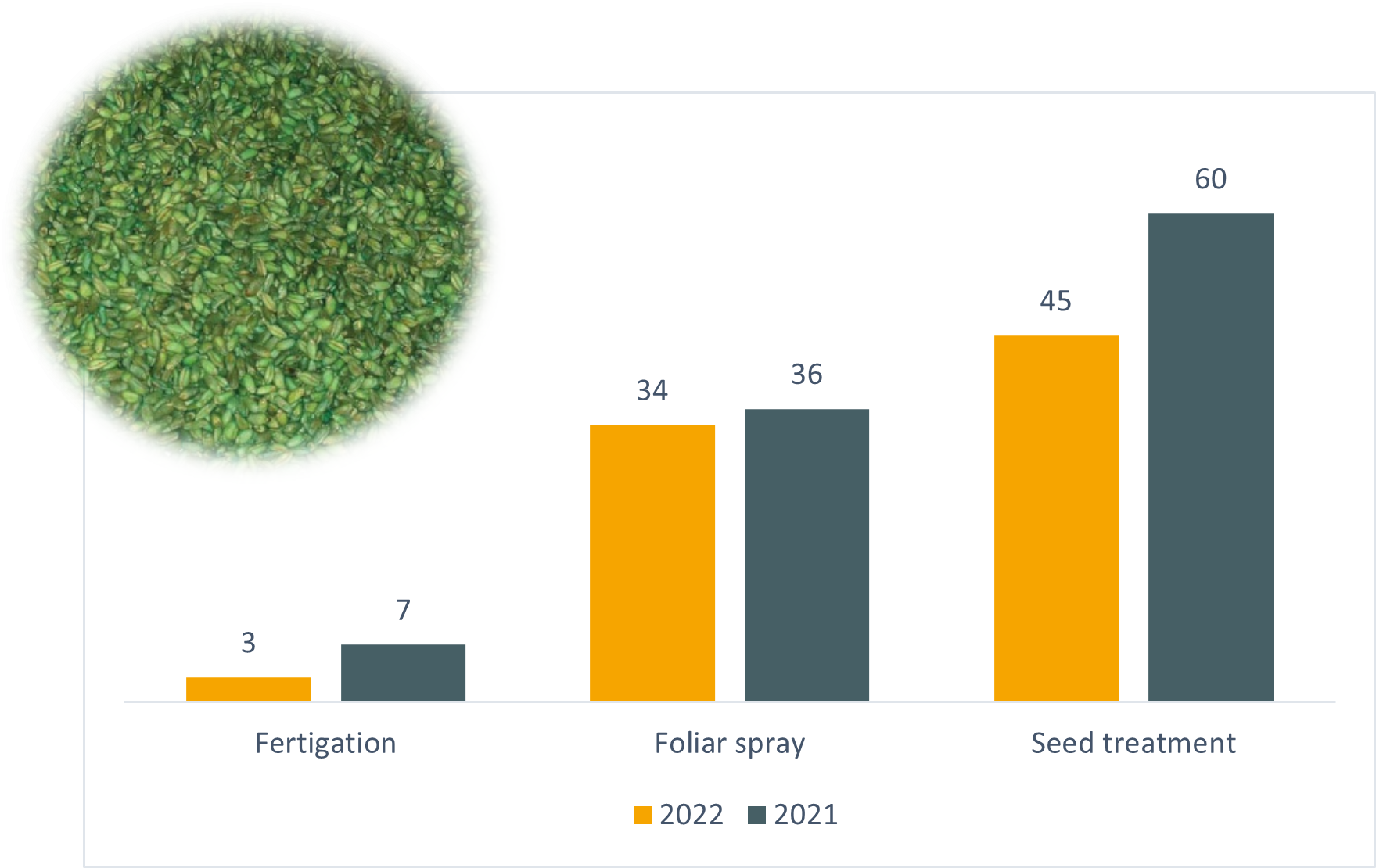
The data about the growing environment in 2022, showed an increased interest for application of biostimulants in open field. This is aligned with the expanding use of biostimulants which are now solutions not only dedicated to specialty crops but also to arable and horticultural crops in open field conditions.
Breakdow by growing method
(2022 vs 2021)
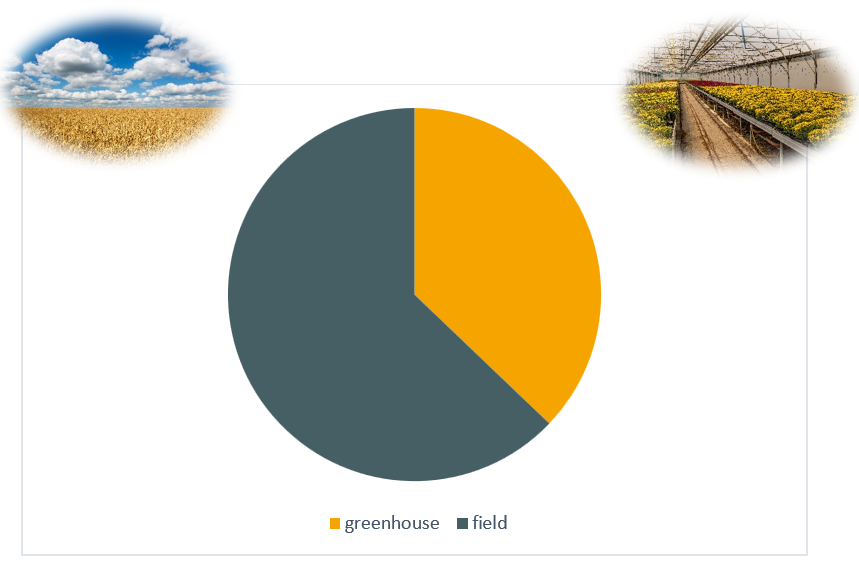
Among biostimulant substances, plant extracts and seaweed were the most studied in 2022. The most studied biostimulant effect was the resistance to abiotic stress and the most studied crop was tomato. Seed treatment is still the most investigated application method for biostimulants while applications in open field are gaining interest in the research activity.


